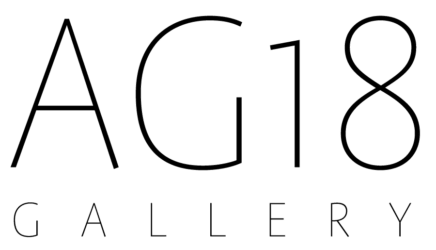The state of ambivalence can be both an individual’s internal struggle and a reflection of the region’s situation. Countries of the European corridor, such as Lithuania, Latvia, Estonia, and Poland, face the duality of desiring the prosperity of the West and struggling to let go of the negative influences from the East. Russia’s full-scale war against Ukraine triggered the collective trauma in those countries even more, but there are no physical signs of military aggression. Hustle culture, the millennial lifestyle, and being prepared for the worst at the same time are psychologically hard to bear, and as a coping strategy, many young people choose partying and hedonism.
When representing the visual culture of a country that used to belong to a Soviet bloc, it is challenging to avoid clichés such as carpets on walls, brutalist residential buildings, glamorous prison aesthetics, and squatting people in tracksuits. Fetishizing such images makes the region look “exotic,” strange, and appealing, but rarely brings different mentalities together. Under the surface of visual artefacts lies an everlasting fate determined by the geographical situation—a constant state in between. Unlike the specific cultural codes from the past, the ambivalence of a good standard of living and anxiety about the future could lead to greater convergence in understanding.
The phenomenon of “in-between” is a common motive in the artists’ work, showcased in the exhibition. Edvinas Mikulskis is a painter, make-up artist, and professional pole dancer who uses pole dancing as a medium to challenge the views on masculinity, to question his role between the established “feminine and masculine” categories and to explore where he places the identity of his artistic persona in this spectrum. Painter Julija Skudutytė talks about the worthlessness and usefulness of everyday objects by using a clean and transparent watercolour technique to depict the trash and hoarded items she observes in other people’s homes. Next to such bizarre still lives, she also paints herself to reflect her own worth and objectification. The witty self-portrait “Half-Human” by Mantas Daujotas is a humorous, self-ironic reflection, but also an exploration of the struggles of one’s identity in challenging times. Lena Klyukina illustrates the surreal states between a dream and reality, scientific themes, and the activities of everyday life blending with an apocalyptic feeling and witty eroticism.
Countries experiencing clashes of cultural tensions often find themselves caught between the privileges of the West and an existential threat. Attempting to replicate a normal life, letting loose, and indulging in treats amidst the fear of the unknown is a familiar experience for many of us, regardless of our cultural origins. Fetishizing the images established in pop culture makes this corridor region look like ‘the other.’ Looking at it through the lens of the similarities in our psyche could be a better way to start a dialogue. With this exhibition, we aim to create an impact by fostering an ambivalent atmosphere: the tension and contrast between the hedonism of the millennia and the collective anxiousness about the future.
LT.art Vienna – is a series of events presenting artists from Lithuania and their works in Vienna and promoting artistic exchange between Austria and Lithuania.
Supported by AG18 Gallery, MA7, Lithuanian Cultural Council, Embassy of Lithuania in Vienna.
Visual identity by Ūla Šveikauskaitė





